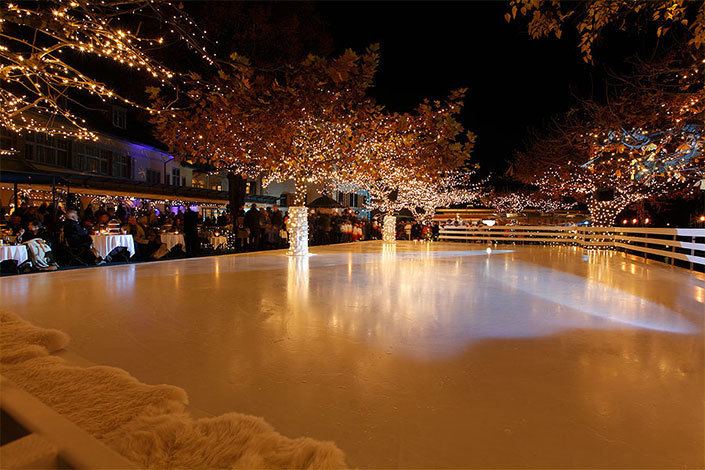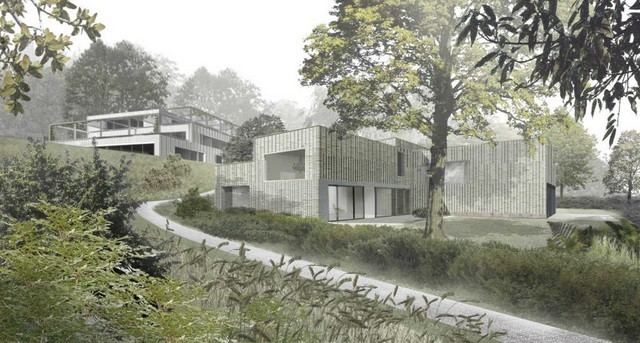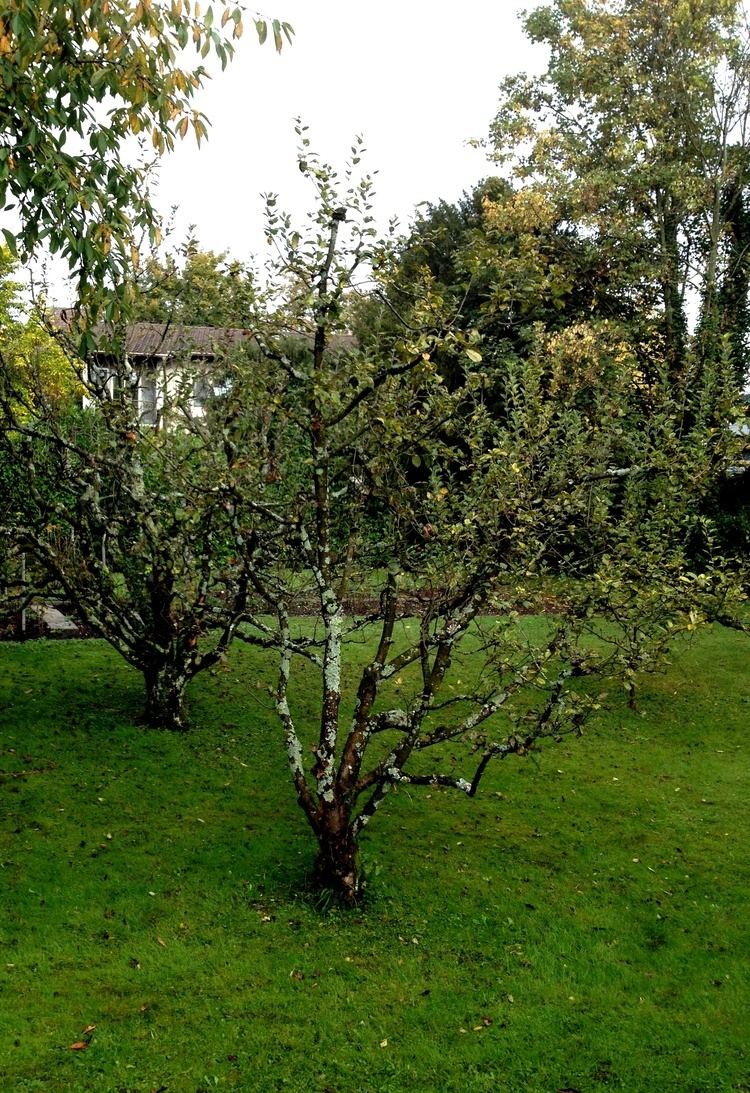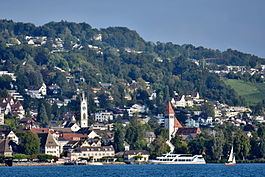Country Area 12.35 km2 Mayor Markus Ernst | Population 13,283 (Dec 31, 2008) District Meilen | |
 | ||
Around zurich kusnacht
Küsnacht is a municipality in the district of Meilen in the canton of Zurich in Switzerland.
Contents
- Around zurich kusnacht
- Map of Ksnacht
- On the tina turner trail in kusnacht
- History
- Geography
- Demographics
- Weather
- Transport
- Sport
- Sites of interest
- Notable past and current residents
- References
Map of Küsnacht
On the tina turner trail in kusnacht
History

Küsnacht is first mentioned in 1188 as de Cussenacho.

Earliest findings of settlement date back to the stone age. There are also findings from the Bronze Age. During Roman times, a mansion was located on the commons. It was called fundus Cossiniacus which is probably the origin of the name of Küsnacht. In the 7th century the name was recorded as Chussenacho. The coat of arms shows a golden cushion on a red background. It is probably a derivate of the coat of arms of the aristocrats of Küssnacht am Rigi.

In the Middle Ages, the land was governed by the House of Regensberg who lived in the castle of Wulp in Küsnacht. After 1531 Küsnacht was governed by Zurich.

Like most other municipalities along Lake Zürich, Küsnacht started to become a suburb of the city of Zürich with the development of the railway link in 1896.
The psychiatrist Carl Jung had his clinic in Küsnacht, which attracted patients from all over the world. Thomas Mann lived in Küsnacht between 1933 and 1939, after he was forced to leave Germany by the Nazis. The most famous resident of the town is Tina Turner.
Geography
Küsnacht has an area of 12.3 km2 (4.7 sq mi). Of this area, 34.5% is used for agricultural purposes, while 32.1% is forested. Of the rest of the land, 32.8% is settled (buildings or roads) and the remainder (0.5%) is non-productive (rivers, glaciers or mountains). In 1996 housing and buildings made up 25.6% of the total area, while transportation infrastructure made up the rest (7%). Of the total unproductive area, water (streams and lakes) made up 0.4% of the area. As of 2007 33% of the total municipal area was undergoing some type of construction.
It is located on the north-east bank (also known as Goldküste) of the Lake Zurich in the Pfannenstiel region. The local dialect is called Züridütsch.
Demographics
Küsnacht has a population (as of 31 December 2015) of 13,796. As of 2007, 19.7% of the population was made up of foreign nationals. As of 2008 the gender distribution of the population was 47.4% male and 52.6% female. Over the last 10 years the population has grown at a rate of 6.6%. Most of the population (as of 2000) speaks German (86.1%), with English being second most common ( 3.6%) and Italian being third ( 2.5%).
In the 2007 election the most popular party was the SVP which received 32.8% of the vote. The next three most popular parties were the FDP (30.5%), the SPS (12.4%) and the CSP (8.9%).
The age distribution of the population (as of 2000) is children and teenagers (0–19 years old) make up 17.7% of the population, while adults (20–64 years old) make up 59.1% and seniors (over 64 years old) make up 23.2%. In Küsnacht about 84.6% of the population (between age 25-64) have completed either non-mandatory upper secondary education or additional higher education (either university or a Fachhochschule). There are 5843 households in Küsnacht.
Küsnacht has an unemployment rate of 1.51%. As of 2005, there were 167 people employed in the primary economic sector and about 43 businesses involved in this sector. 849 people are employed in the secondary sector and there are 91 businesses in this sector. 3794 people are employed in the tertiary sector, with 664 businesses in this sector. As of 2007 40% of the working population were employed full-time, and 60% were employed part-time.
As of 2008 there were 3578 Catholics and 5417 Protestants in Küsnacht. In the 2000 census, religion was broken down into several smaller categories. From the census, 49.5% were some type of Protestant, with 48% belonging to the Swiss Reformed Church and 1.5% belonging to other Protestant churches. 26.6% of the population were Catholic. Of the rest of the population, 2% were Muslim, 4.4% belonged to another religion (not listed), 3.7% did not give a religion, and 15.2% were atheist or agnostic.
The historical population is given in the following table:
Weather
Küsnacht has an average of 136 days of rain per year and on average receives 1,171 mm (46.1 in) of precipitation. The wettest month is August during which time Küsnacht receiving 139 mm (5.5 in) of precipitation. During that month, there is precipitation for an average of 12.3 days. The month with the most precipitation days is June, with an average of 13.3 days but with only 138 mm (5.4 in) of precipitation.
Transport
There are four railway stations within the municipality of Küsnacht. Küsnacht ZH and Küsnacht Goldbach stations are both on the Lake Zürich right-bank line, and are served by S-Bahn Zürich services S6 and S16. Neue Forch and Forch stations are on the inland Forchbahn line, and are served by service S18.
In the summer there are regular boats to Zurich as well as along the lake to Rapperswil, run by the Zürichsee-Schifffahrtsgesellschaft (ZSG).
Sport
The ZSC Lions' affiliates, the GCK Lions, play in the National League B. Their home arena is the 2,200-seat Eishalle Küsnacht.
Sites of interest
Apart from Lake Zurich, popular sites to visit include
